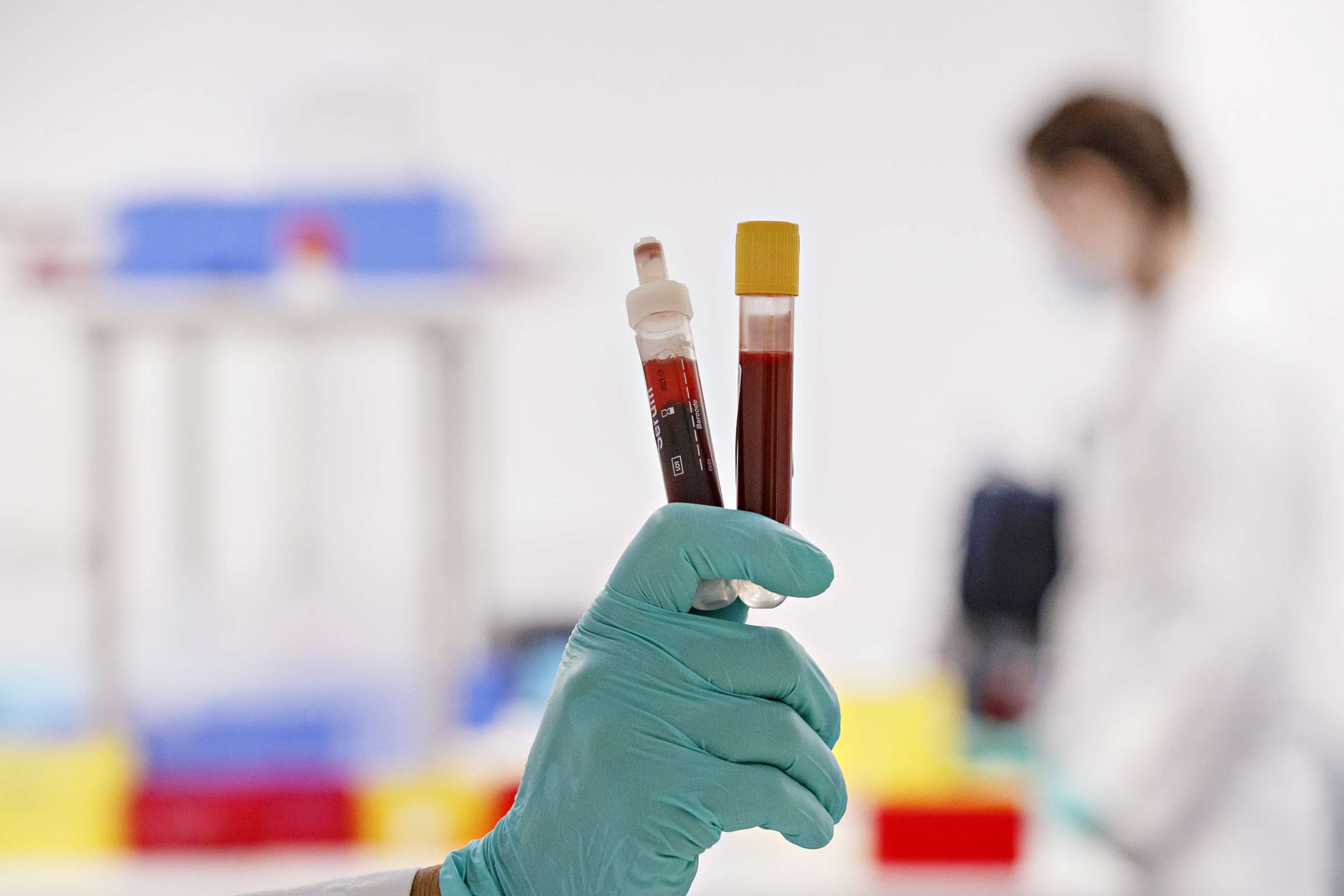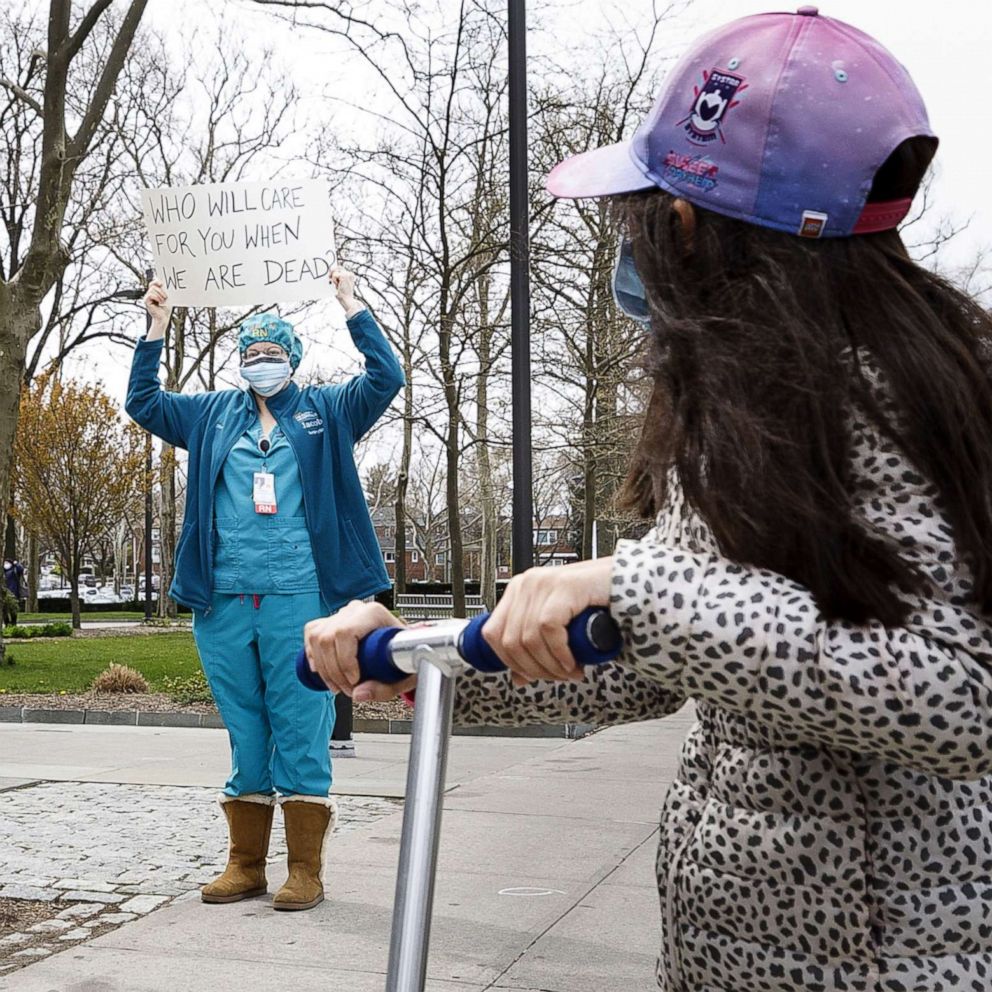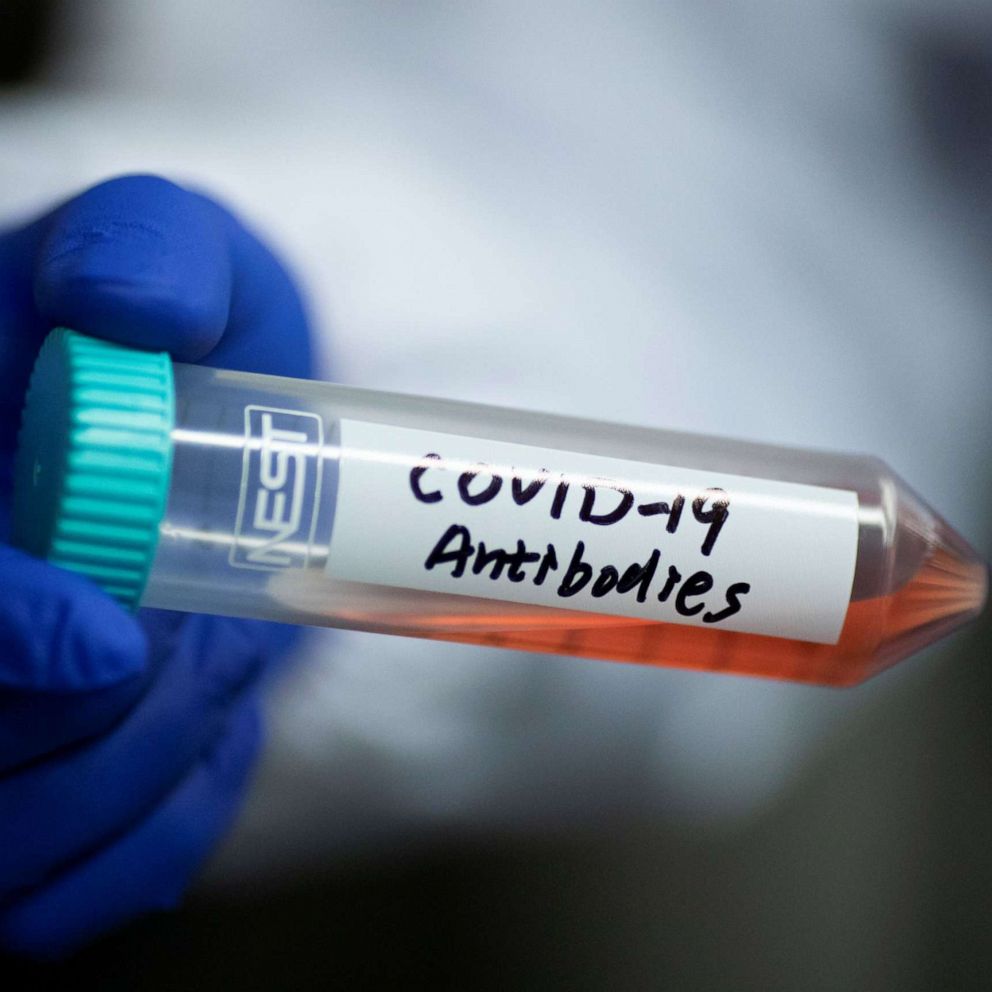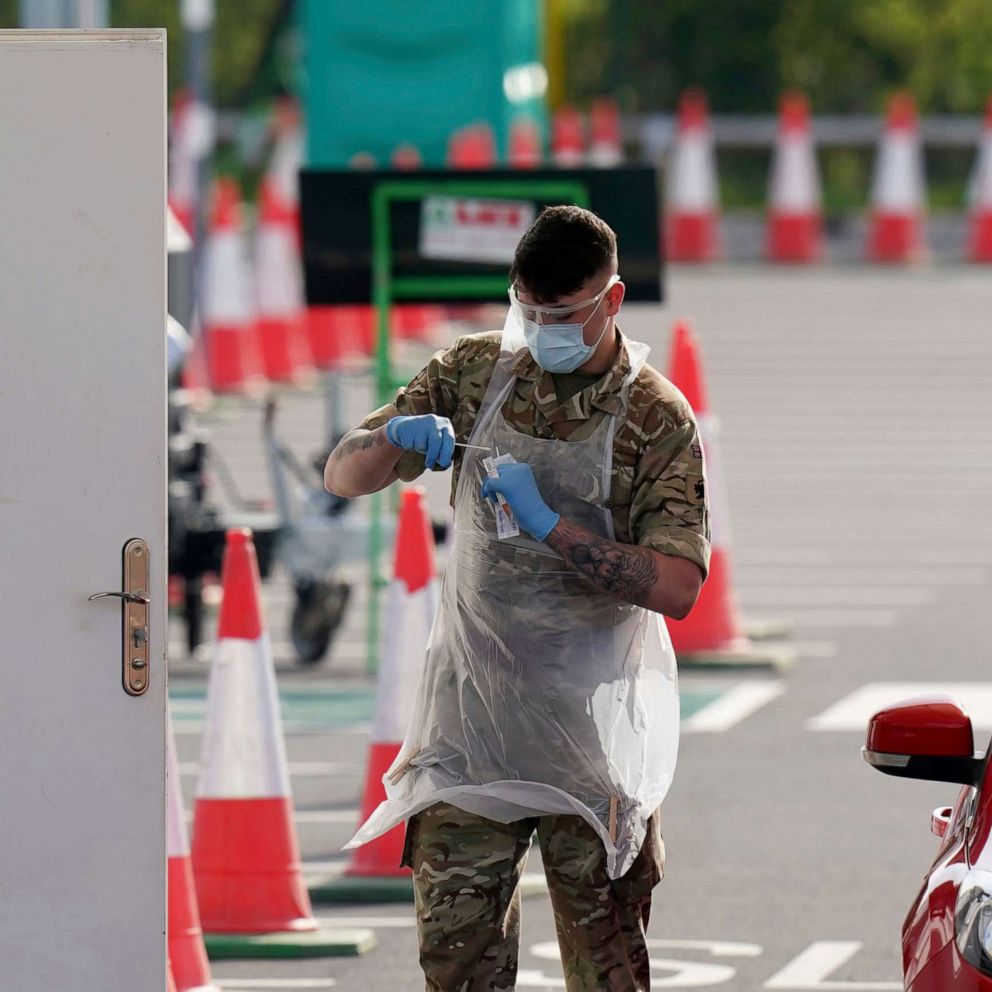Unsolved issues and huge investments in COVID vaccine manufacturing
Vaccine groups must start preparing to ramp up production.
As the nation’s scientists toil in laboratories to find a vaccine for COVID-19, the federal government, research groups and the pharmaceutical industry are working to solve a different scientific challenge: massively scaling up production of these vaccines so they can be ready to deploy as soon as there is proof that one of them works.
"Thinking about manufacturing and scale-up in the very earliest stages is critical," Dr. Barton Haynes, director of the Duke Human Vaccine Institute told ABC News. "The question is: what do we need to be doing now to deliver a vaccine that we think is safe and effective as quickly as possible?"
Unfortunately, industry scientists find that the vaccine technologies being tested today won’t be easy to scale, thanks to the complex nature of vaccines. And now, amid a rush to scale up manufacturing in preparation for eventual launch, the Trump administration has unseated Dr. Rick Bright, the government official responsible for leading the charge on the production and purchase of vaccines.
Bright, previously director of the Biomedical Advanced Research and Development Authority (BARDA), wrote a scathing rebuke of his ousting, claiming the Trump administration is “placing politics and cronyism ahead of science.”
Even with Bright gone, the race to scale up vaccine manufacturing continues, now with acting director Gary Disbrow at the helm. So far, BARDA has invested heavily in the nation’s most promising vaccine candidates, including $483 million to Moderna and committing more than $1 billion together with Johnson & Johnson for vaccine development and manufacturing.
Vaccine development costs a lot of time and money. Science typically proceeds in a linear fashion, first in test tubes, then in animals and people, and then eventually the expensive and complex process of manufacturing large batches of vaccines for mass immunization.
However, in this pandemic, all these phases need to overlap simultaneously. That means that vaccine groups must start preparing to ramp up production, sometimes before knowing that their vaccine works in test tubes.
"There’s a full-out, break-the-glass attitude about making this vaccine," said Dr. Paul Offit, co-inventor of the rotavirus vaccine who sits on the Food and Drug Administration’s vaccine advisory committee.
Even before showing that the vaccine can produce a lasting, protective immune response, groups are making a bet and taking huge financial risk to make plans for scale-up.
"The easier part is creating strains and showing proof that your concept works in animals. But then you have to do the hard part … In vaccines, the process is the product," said Offit.
Although the pipeline of COVID-19 vaccine candidates is diverse, most are stuttering in their goals of being deployed at a pandemic scale.
Moderna, for example, made headlines with its mRNA candidate vaccine, which entered initial early stage safety testing in humans less than ten weeks after the genetic sequence of SARS-CoV-2 was released on January 11.
But Moderna uses RNA -- a brand new technology in vaccines at this scale -- meaning scientists can’t yet predict what manufacturing problems might crop up. Other groups, such as Duke, the Imperial College of London and Fudan University in China, are also exploring this promising approach.
RNA technology leaves researchers with many unsolved challenges, compared to more traditional vaccine types that are already mass produced. One current problem is storage to ensure the vaccine doesn’t degrade. This proves especially tricky for RNA which, by nature, is an intrinsically unstable molecule.
"We haven’t figured out a way to make RNAs stable in the refrigerator yet," said Dr. Rhiju Das, associate professor of biochemistry at Stanford and leader of Eterna massive open laboratory.
"Currently, they’ll have to be deployed in ultra-cold freezers at -80°C. These are available to us since we live near biomedical research facilities, but they’re not going to be available to my friends and family who live in rural parts of the U.S. or in India," Das said.
Yet another problem is securing enough accessory chemicals, critical for vaccine production.
"Many of these RNA vaccines are formulated with magical chemicals that look like oil droplets. These accessory materials are expensive and hard to make in large quantities. No one has figured out how to scale up their manufacturing or get the costs low enough so that everyone can get the vaccine," explained Das.
Other types of vaccines being tested are composed of a piece of the virus. The pharmaceutical companies GlaxoSmithKline, Novavax and Clover are all at various stages of testing this approach. Called “protein subunit and recombinant protein vaccines,” this approach is similar to existing vaccines used for HPV and Hepatitis B.
But even this more traditional vaccine approach comes with its own distinct scale-up challenges. These vaccines may require booster shots to provide lasting protection against COVID-19.
For other vaccinate candidate types, scientists are unsure if one dose is enough to generate and maximize a protective immune response, meaning each American might have to be given multiple doses -- further complicating manufacturing scale-up.

All the issues of development, manufacturing, scale-up and distribution, would be nearly insurmountable for one group to tackle on their own. Of the confirmed active vaccine candidates, 56 are being developed by private industry developers, while 22 projects are being led by academic, public sector and other non-profit organizations, according to a report in Nature.
The pandemic has brought unprecedented collaboration among vaccine developers across the world. The National Institutes of Health is launching a public-private partnership to speed COVID-19 vaccine and treatment options, known as ACTIV -- short for Accelerating COVID-19 Therapeutic Interventions and Vaccines.
Scientists work tirelessly to curb the pandemic through developing a safe, effective vaccine that can reach people across the world. Experts hope the enthusiasm for a COVID-19 vaccine will transfer to other vaccination efforts.
"Past vaccine efforts have been more limited on the patient uptake side than on the supply side. Some people are resistant to flu vaccines," Dr. Andrew Badley, chair of the Mayo Clinic Covid Research Task Force, said to ABC News.
"With this global scare, I’m hopeful that vaccine uptake will be better. I hope that people learn that vaccines for other infectious diseases are beneficial, too. And I hope that in the coming years, more people will opt to take those vaccines as well," Badley said.
Tiffany Kung, M.D., a resident physician at Presbyterian/St. Luke's Hospital in Denver, is a contributor to the ABC News Medical Unit.






